
OE Trauma Subspecialty Update: Open Fractures: Trials, Tribulations and Tiger Woods
OE Trauma Subspecialty Update: Open Fractures: Trials, Tribulations and Tiger Woods

To unlock this feature and to subscribe to our weekly evidence emails, please create a FREE OrthoEvidence account
Already have an account? Click here
DISCLAIMER:
This podcast is for informational purposes only and is not intended to be a substitute for professional medical advice, diagnosis, or treatment. If you require medical treatment, always seek the advice of your physician or go to your nearest emergency department.
The opinions, beliefs, and viewpoints expressed by the individuals on this podcast do not reflect the opinions, beliefs, and viewpoints of OrthoEvidence.
OE Trauma Subspecialty Update - Open Fractures: Trials, Tribulations and Tiger Woods
Host:
Mohit Bhandari, MD, PhD, FRCSC
Editor-in-Chief, OrthoEvidence
Guest:
Brad Petrisor, MD, FRCSC
Professor, Orthopaedic Surgery
Director, International Surgery Desk
Department of Surgery
McMaster University
PERSPECTIVES
It was reported on February 23rd that, as a result of a car accident, Tiger Woods “suffered comminuted open fractures to the upper and lower sections of his right leg, as well as significant trauma to his right ankle. Doctors needed to insert a rod, screws and pins to stabilize Woods’ leg.” (Dr. Anish Mahajan, Harbor-UCLA Medical Center)
Drs. Bhandari and Petrisor shared the trauma specialty update and talked about the principles with respect to trauma management in Tiger Woods. Our discussion uncovered 3 core themes. These themes and their supporting insights are highlighted below.
1. Phase One: Antibiotics, Open Wound Debridement and Lavage.
Based on the information from the press release, Drs. Petrisor and Bhandari think that Woods had accommodated open segmental tibial fractures and were stabilized by inserting a rod into the tibia. Woods’ additional injuries to the bones of the foot and ankle were stabilized with a combination of screws and pins. He probably had prophylactic fasciotomies because any possible trauma to the muscle and soft tissue of the leg would require surgical release of the covering of the muscles, to relieve pressure due to swelling.
Dr. Petrisor indicates that the three main issues with respect to open fractures are infection, wound healing problems and non-union. High quality evidence has shown the effectiveness of early antibiotics in preventing infections.
There is a significant risk of infection for open fracture. The fundamental infection prophylaxis measures are early irrigation approaches. Debridement is vitally important to remove the dirt, contaminants, dead and devitalized skin tissue, muscle tissues and small pieces of bone.
In terms of appropriate lavage, the Fluid Lavage of Open Wounds (FLOW) trial investigated effects of irrigation pressure and solution for open fracture wounds [1]. The study is a multinational and multi-center trial that randomized around 2500 patients across more than 40 sites around the world, using a 2-by-3 factorial design. The irrigating solutions under comparison were a soap-based solution (castile soap) versus a saline solution. And the patients received it under gravity flow, a low-pressure irrigator, or a higher-pressure irrigator across both types of solution.

In the FLOW trial, we found that there didn't appear to be any effect of the irrigating pressures on the subsequent reoperations for the treatment of infections. But we did find that there was increased risk of reoperation with using soap. The trial didn't help us with respect to using soap as a potential benefit, but certainly gave us insights that maybe saline is all you need.
Dr. Bhandari
In current practice, Dr. Petrisor and colleagues are applying the results of FLOW trial by using saline as the standard of care. Depending on the wound’s contamination condition, a low-pressure lavage, or gravity flow is used to clean the wound completely.
2. Phase Two: Fracture Fixation Techniques.
Drs. Petrisor and Bhandari discussed surgical approaches for segmental tibial fractures; the importance of getting a completely accurate start point, and specific nailing techniques and tools to align the tibial segments; surgical techniques of avoiding a gap, repairing a transverse fracture and strategies for managing fractures with lost bones. Ream versus unreamed nailing for segmental tibial fractures were also discussed.

There are two reasonable approaches (in the management of open segmental tibial fractures). Depending on if you can close the wound with the soft tissues there, one damage control type of approach could be to apply a temporary external fixation frame, which is bolts that go on the limb, so that you can come back to, A, assess for further muscle damage and soft tissue problems; B, cover the soft tissue problems with a flap, and then do definitive fixation.
The other approach is that if you have the comfort level and the expertise, and if the tools are available to you, you can do definitive fixation right away, and then look after the soft tissue. So, there are a couple of different treatment algorithms, depending on the comfort level of the surgeons, the injury and the soft tissues condition.
Dr. Petrisor

A gap in a segmental fracture can be either proximal or distal. This is truly one of the more difficult challenges [...] Do your distal locking screw first, get the distal segment locked, and then back tap to try to take that fracture segment, and close it down before you do your proximal locking.
Dr. Bhandari
The SPRINT (Study to Prospectively evaluate Reamed Intramedullary Nails in Tibial fractures) trial was one of the first large trials that compared the effects of reamed and unreamed intramedullary nailing approaches for tibial shaft fractures [2]. About 1300 patients from multiple centers were enrolled. The study did not find a significant difference between reamed and unreamed nailing approaches on reoperation and autodynamization rates in patients with open tibial fractures. In practice, Dr. Petrisor would ream a little bit with the segmental component because it could make the operation easier when any blocking screws or other devices are needed for the fracture fixation.
3. Phase Three: Risk Factors of Reoperation, Prognosis.
An observational study found three risk factors of reoperation after the treatment of a tibial fracture: the presence of open fractures, fractured gaps and a transverse fracture pattern [3]. These three factors are usually associated with higher energy injuries and predict a higher rate of reoperation after the tibial fracture fixation.
For patients who have severe injuries like Woods’, there is high risk of bone healing problems, infection, and stiffness in ankles and knees.

Based on some secondary analyses of the SPRINT trial, the patient post-operative recovery (from tibial shaft fractures) curves hadn't plateaued at even 12 months. That means that the patients still experience knee pain and functional limitation 1 year after the injury. So, there is definitely a long road towards return to function, and then return to the level of athlete function.
Dr. Bhandari
Articles recommended by Drs. Petrisor and Bhandari
1. ACE Report: Saline solution reduces reoperation compared to soap in irrigation of open fractures
2. ACE Report: Reamed intramedullary nailing of closed tibial fractures results in fewer complications
3. Bhandari M, Tornetta P 3rd, Sprague S, Najibi S, Petrisor B, Griffith L, Guyatt GH. Predictors of reoperation following operative management of fractures of the tibial shaft. J Orthop Trauma. 2003 May;17(5):353-61. DOI: 10.1097/00005131-200305000-00006. PMID: 12759640.
Questions and Answers:
Dr. Bhandari: What is the principle of a good debridement?
Dr. Petrisor: Basically, you expose everything, cut off anything that is dead and devitalized, clean the wound and go to where you can potentially see normal tissues. That's when you know you've done enough. The 4 Cs of evaluation of healthy muscles are capillary refill (capacity to bleed), muscle color, consistency, and contractility.
Dr. Bhandari: Is there a role of bone stimulation in Tiger Woods’ case?
Dr. Petrisor: For fractures at risk of delayed healing and non-union issues, potentially some form of bone stimulation like the autogenous iliac crest bone grafting may be beneficial.
Dr. Bhandari: What pain management approach would be appropriate for Tiger Woods?
Dr. Petrisor: Although there are challenges around narcotics and whether anti-inflammatories may inhibit fracture healing is still indefinite, there is definitely a need for multimodal therapy. Each arm of the multimodal therapy can mitigate the risks of having only one ‘high’ (opioids) and help titrate the doses (of opioids).
SENSE-MAKING
Drs. Bhandari and Petrisor discussed the likely injury patterns, prognosis, and treatment priorities of Mr. Tiger Woods. Most importantly, they provided insight into his severe orthopaedic trauma using evidence that informs his treatment strategy. Drs. Bhandari and Petrisor recommended important studies that address appropriate fluid lavage, reamed and unreamed nailing approaches and the risk factors of reoperation for patients with open tibial fractures.
How to Cite:
OrthoEvidence & Brad Petrisor. OE Trauma Subspecialty Update - Open Fractures: Trials, Tribulations and Tiger Woods. OrthoPod Perspectives. 2021;2(2):1. Available from:




 LOGIN
LOGIN


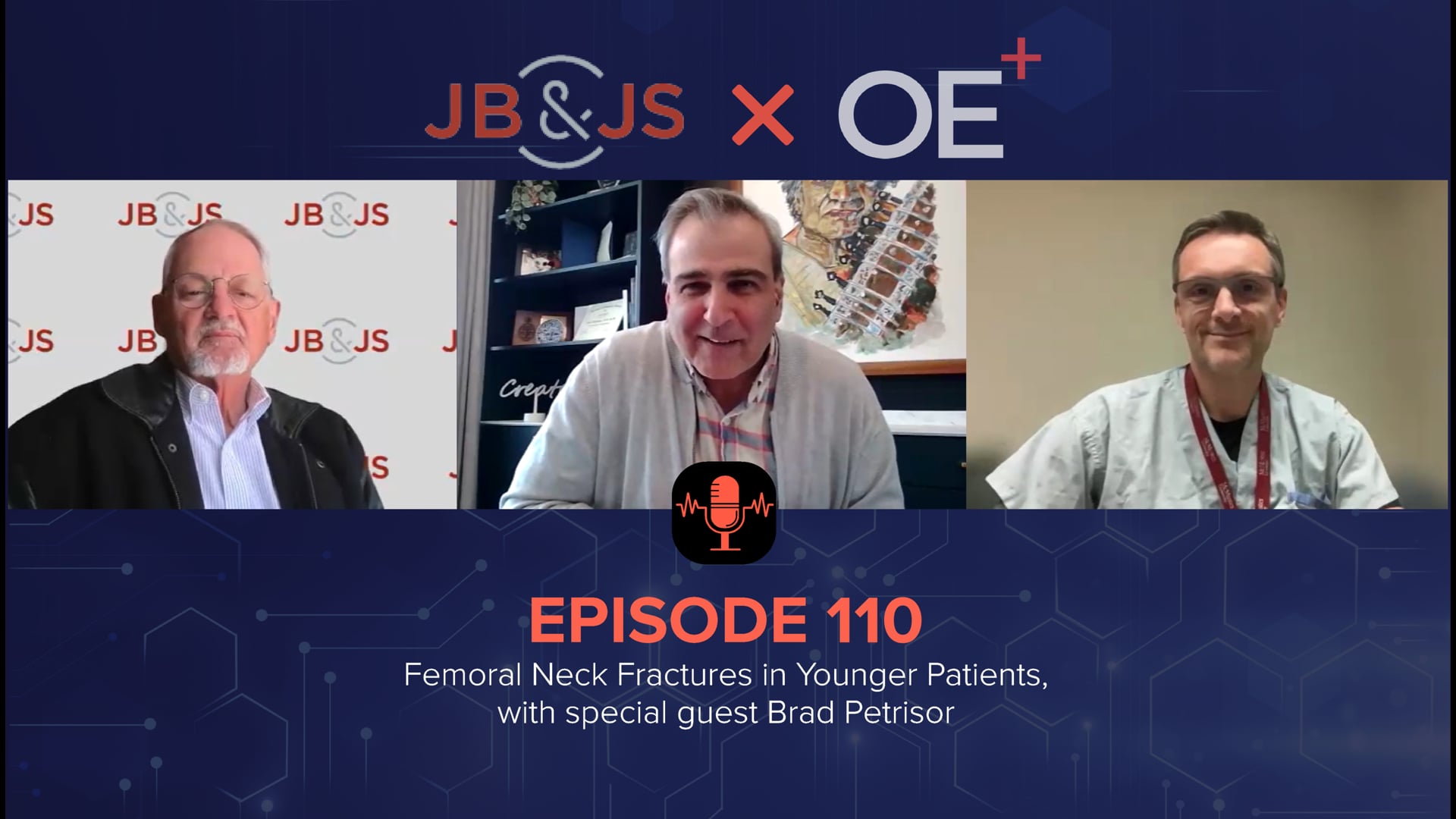






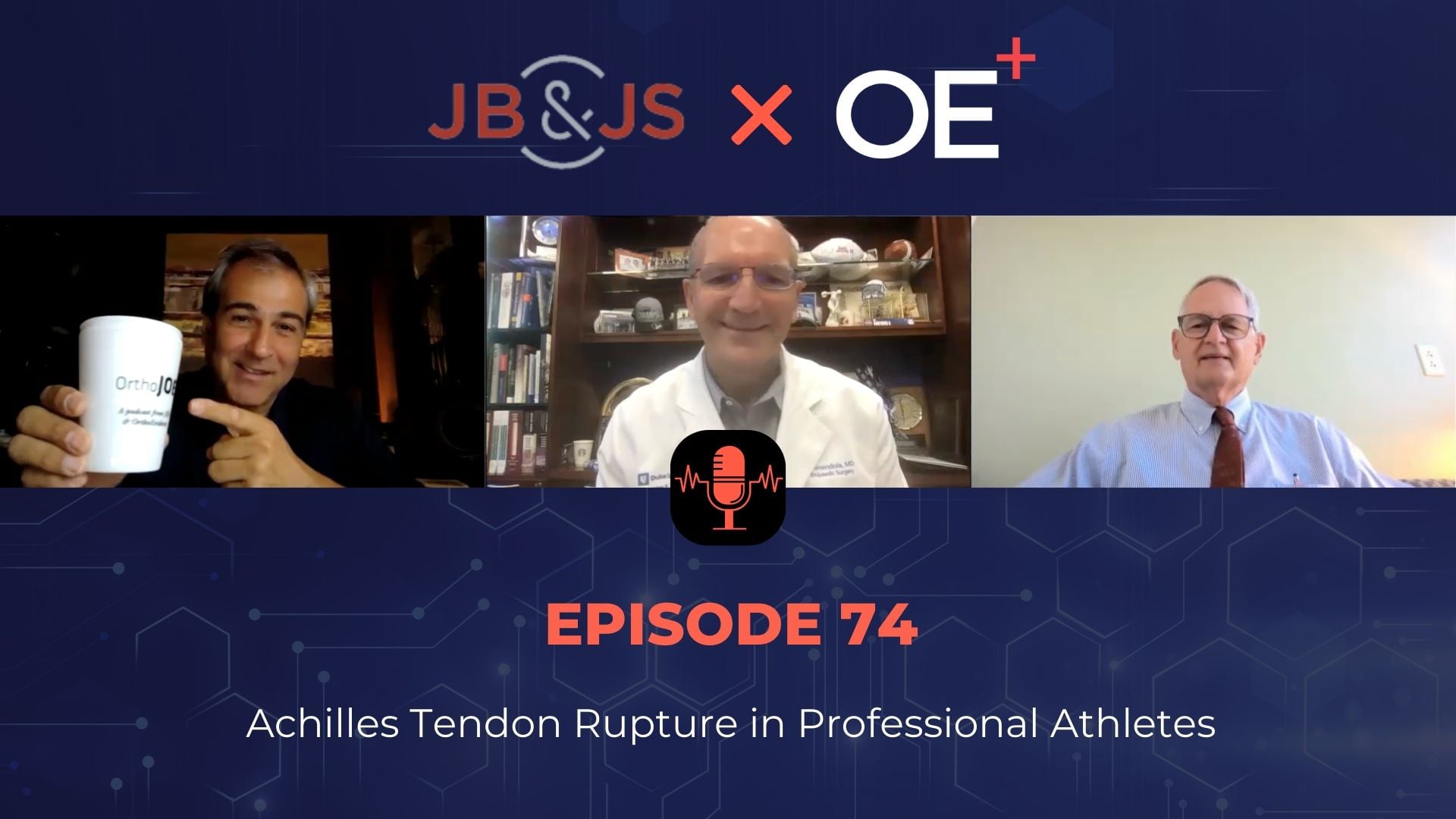
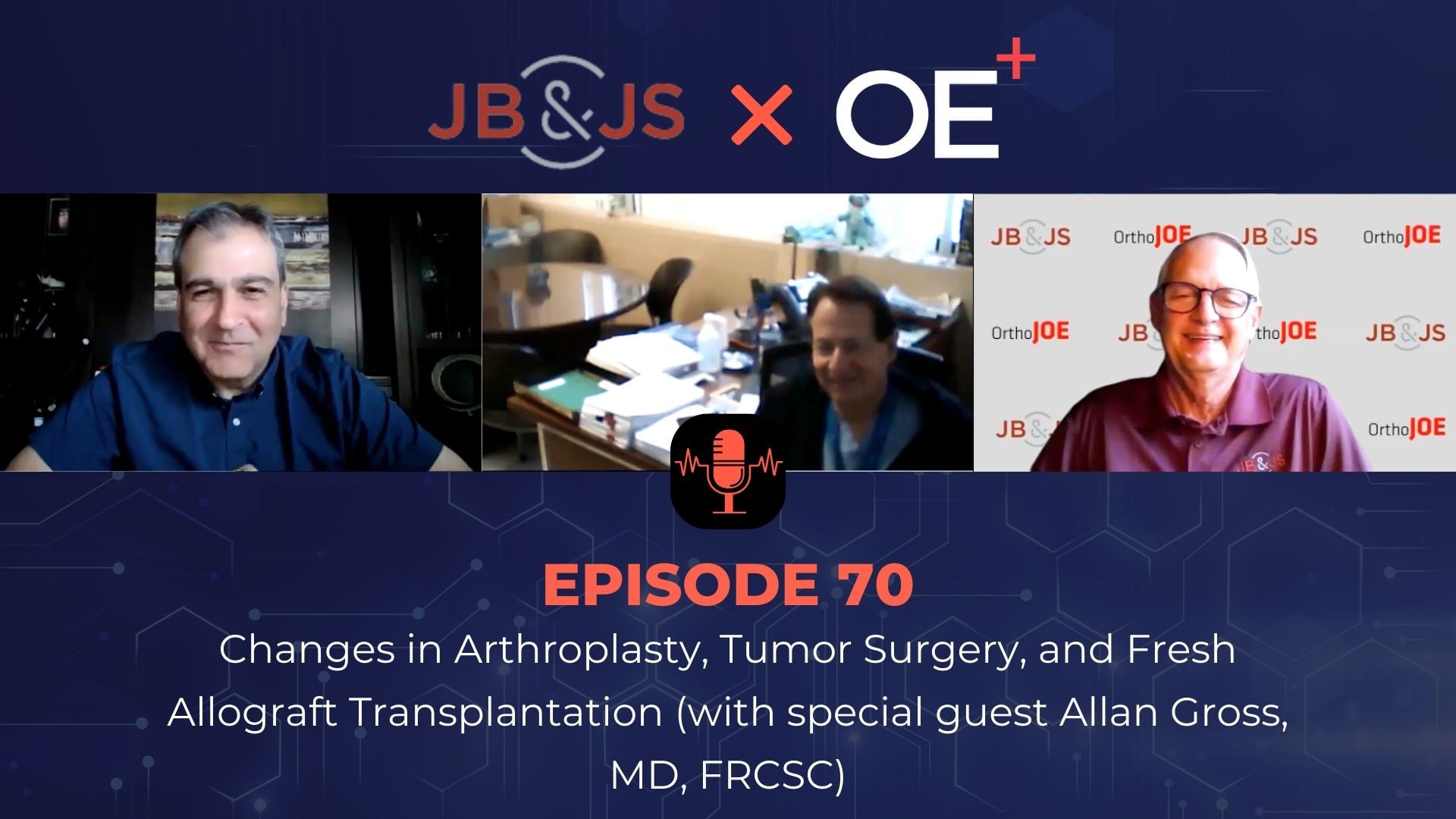
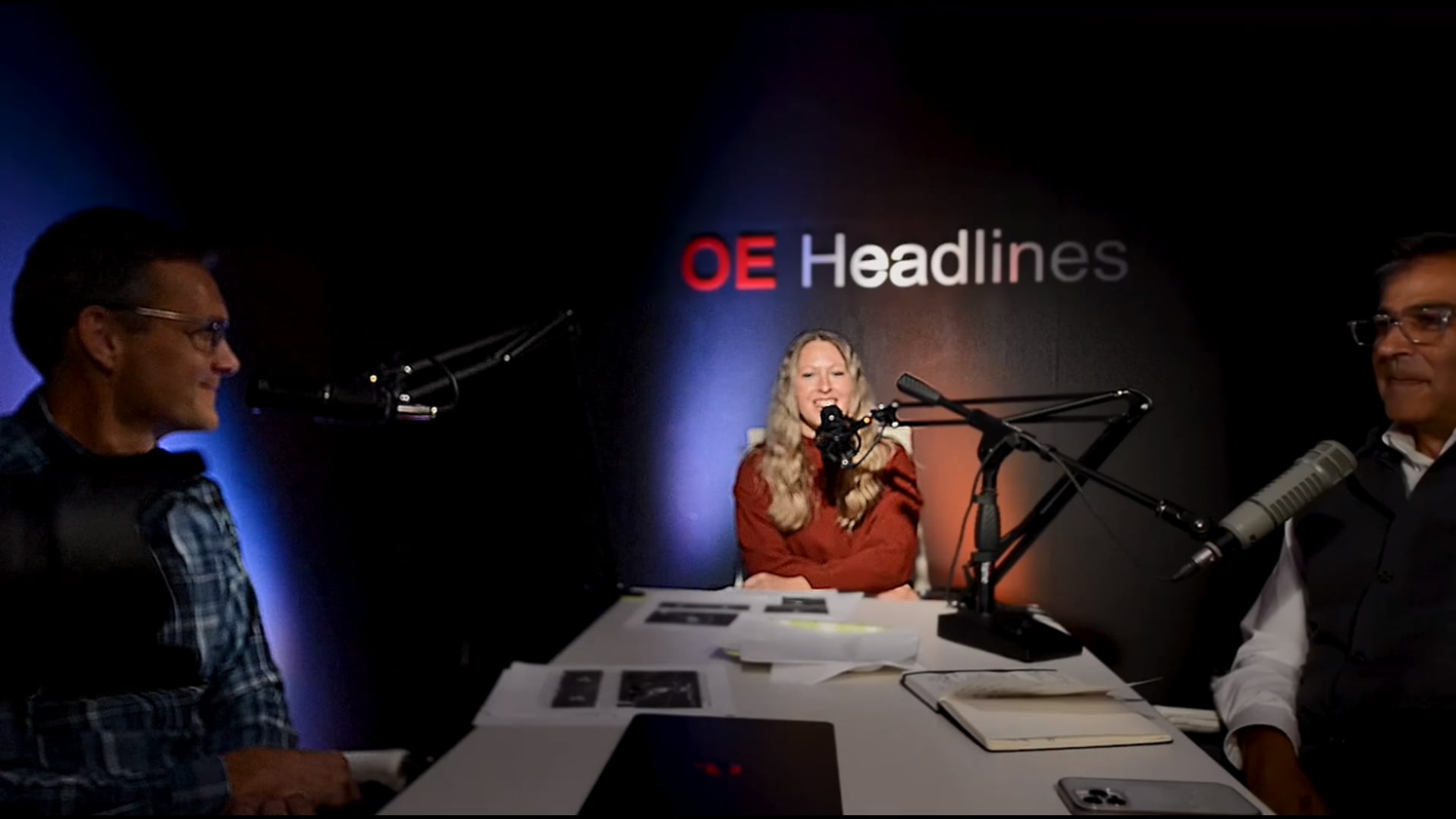

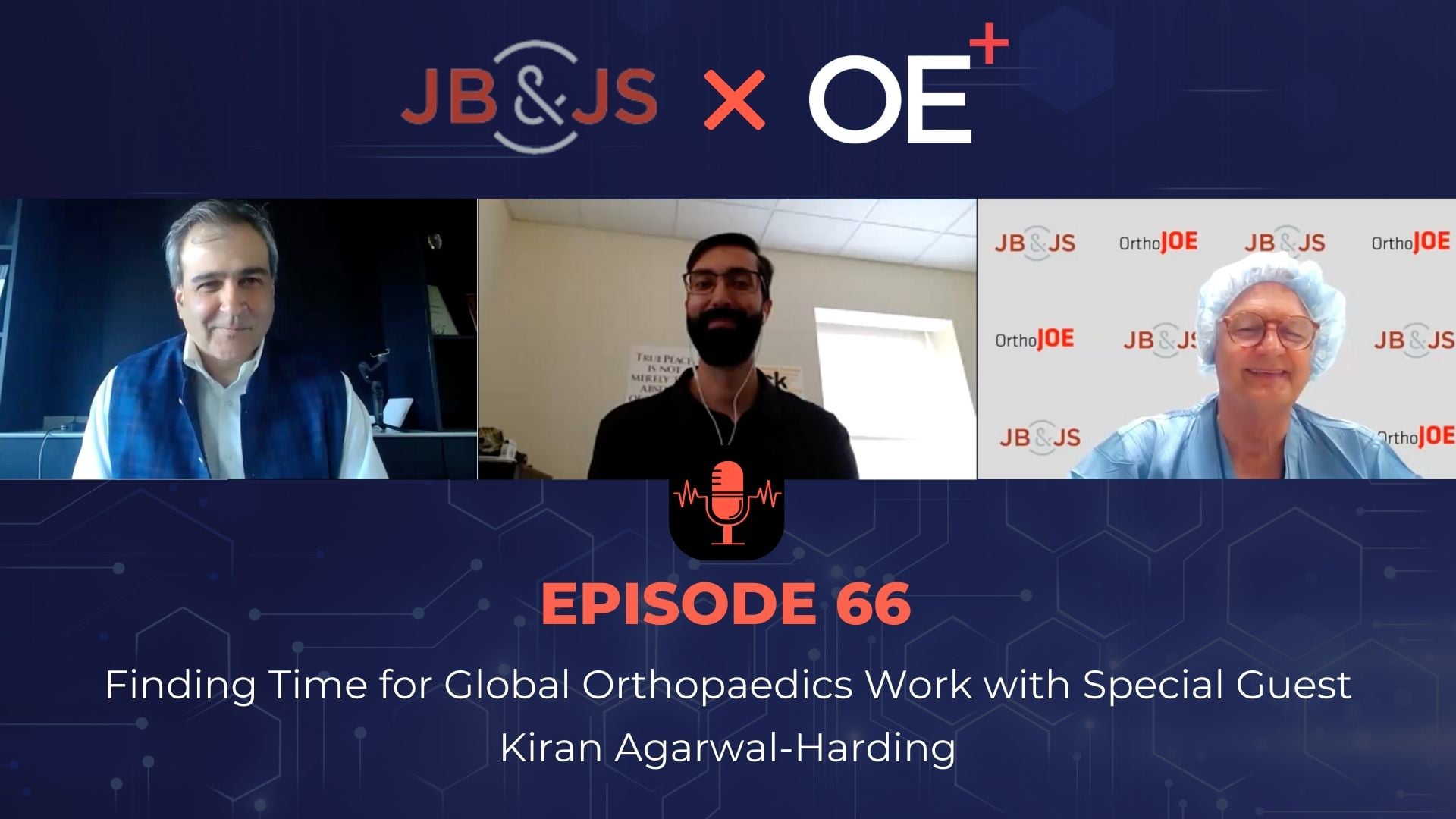
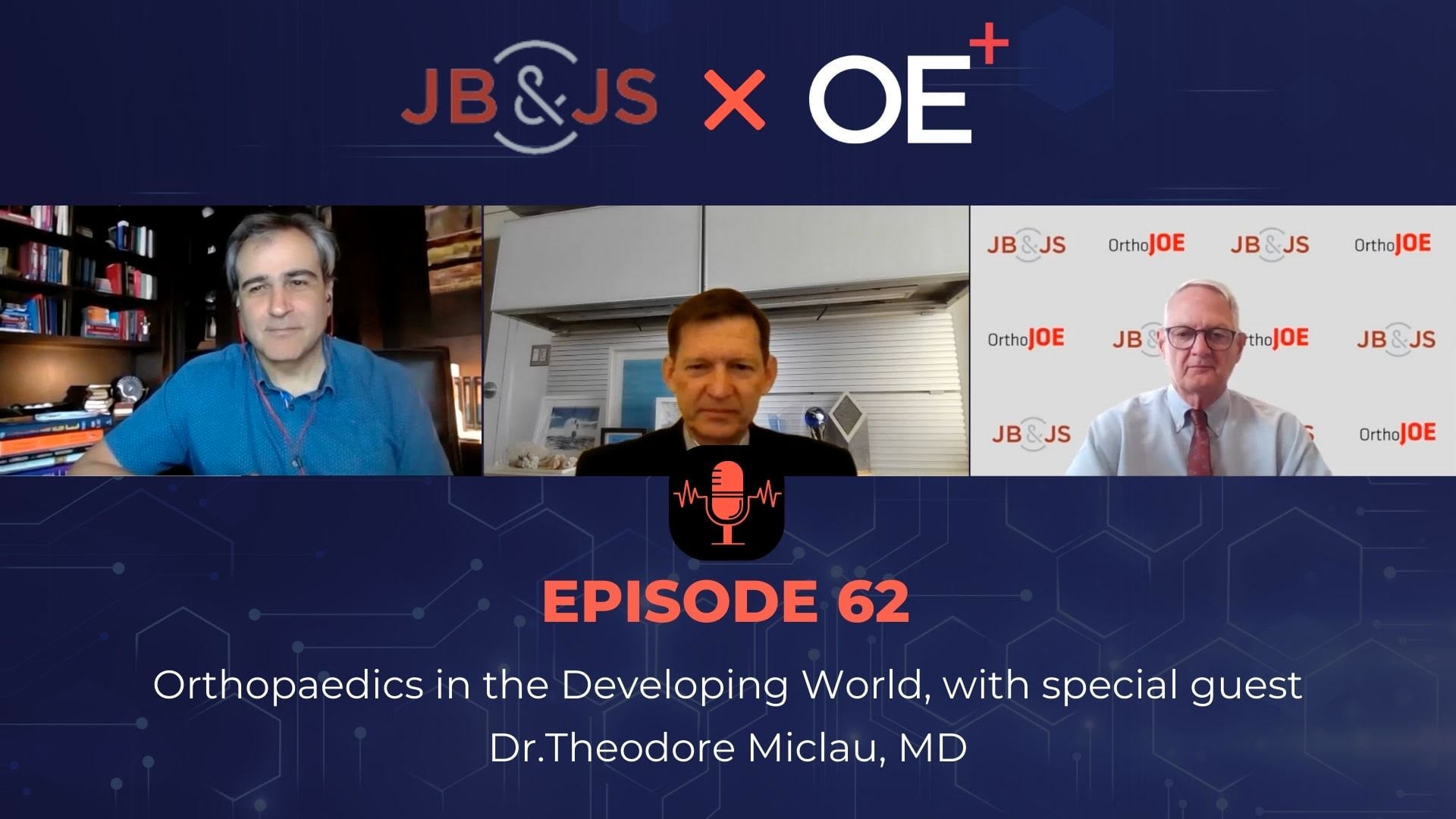


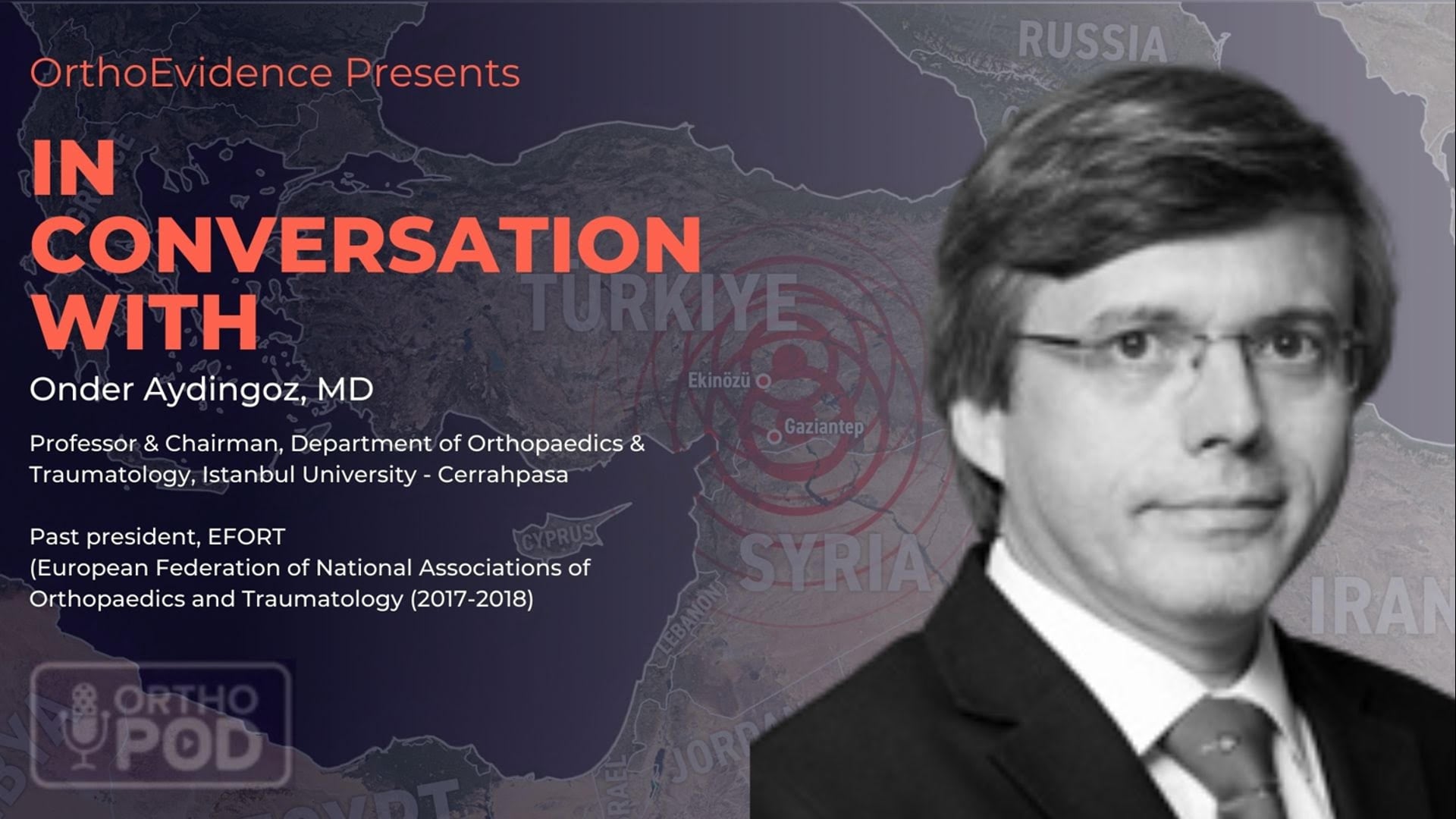

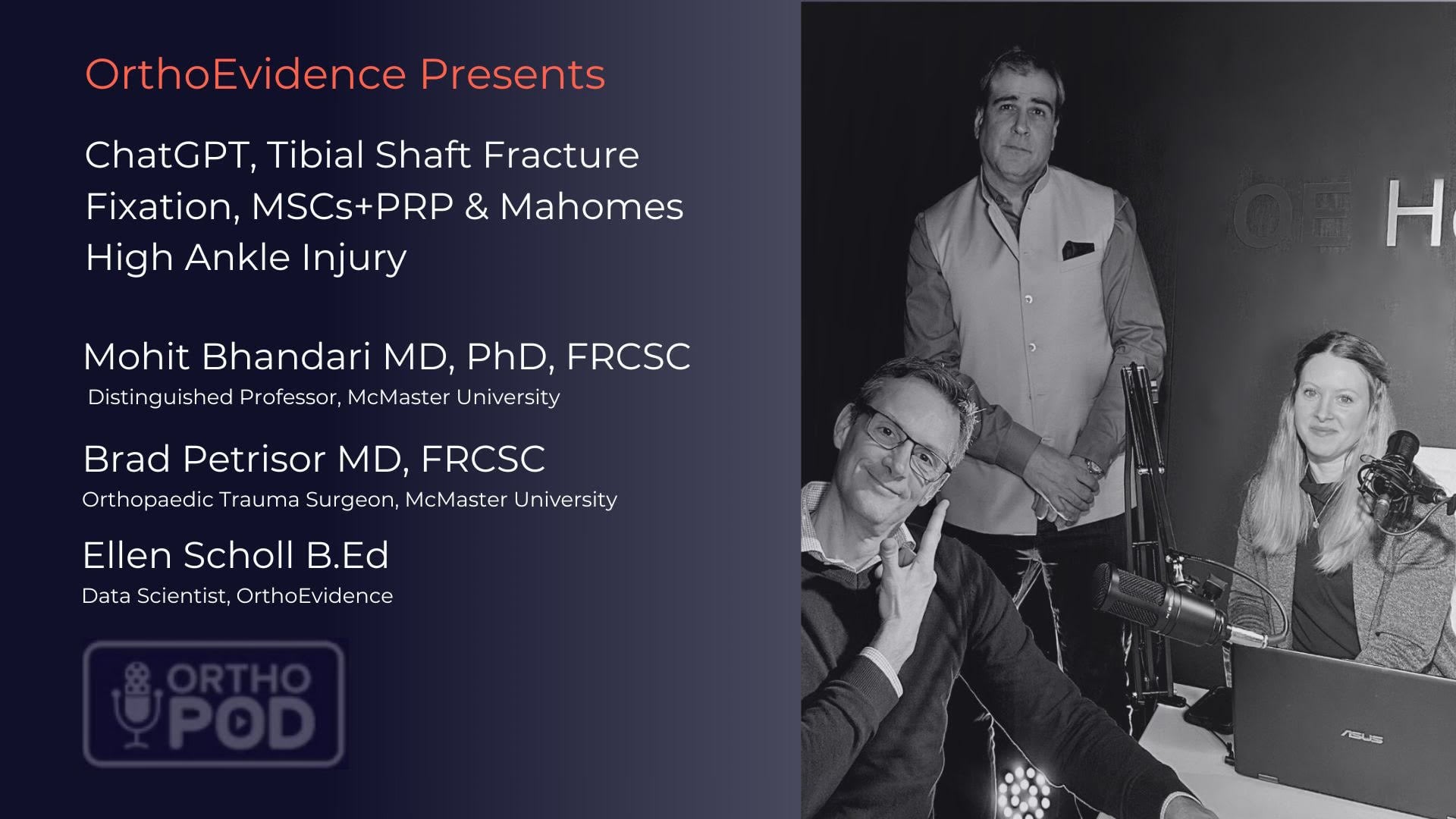
Please Login or Join to leave comments.
Orthopaedic Surgeon - Spain
Amazing podcast, fantastic analysis